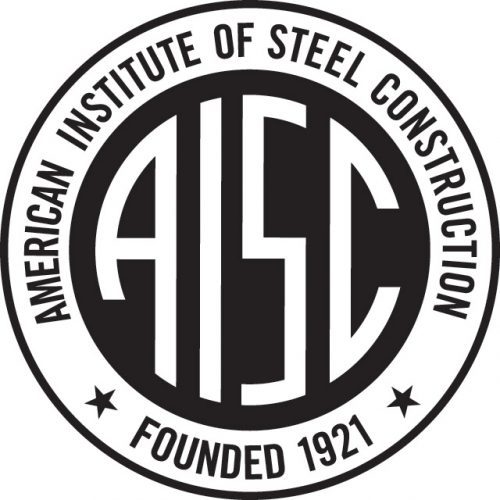AISC Responds to New York City Mayor Bill de Blasio: Sustainable Buildings Framed in Steel are Part of the Solution to Climate Change

CHICAGO — The American Institute of Steel Construction released the following statement regarding New York City Mayor Bill de Blasio’s proposed regulatory changes, which he said are intended to mitigate the greenhouse gas emissions of what he termed “steel and glass” skyscrapers:
There are a number of factors that determine the environmental impacts of each of the iconic buildings in the most famous skyline in America. The activities of a building’s occupants and other processes associated with operating a modern skyscraper (such as heating, cooling, and lighting) generate the vast majority of a building’s greenhouse gas emissions.
“When it comes to greenhouse gas emissions from buildings, domestically produced structural steel is part of the solution, not part of the problem,” AISC President Charles J. Carter, SE, PE, PhD, said Wednesday.
Although structural steel is built to last, the material itself can be recycled over and over again. Cars, toasters, refrigerators, and other steel you’ve recycled ends up back at the steel mill, where it can be formed into columns and beams that hold up today’s green buildings. In fact, recycled material comprises 93% of all newly produced U.S. steel beams and columns, and those newly produced beams and columns are 100% recyclable at the end of a structure’s life.
This is one of many reasons building owners, architects, engineers, and contractors are increasingly recognizing the benefits of structural steel framing systems to meet sustainable design and construction goals. The LEED Green Building Rating System, developed by the U.S. Green Building Council, strongly encourages the use of structural steel due in large part to the material’s high recycled content and recycling rate.
New York City is home to six of the 10 largest LEED-Certified buildings in the United States, and all but one of those buildings have structural steel frames.
“The American steel industry has been a leader on the environmental front for the last three decades, cutting greenhouse gas and overall emissions almost in half while proactively pursuing measures that typically exceed regulatory requirements,” Carter added. “New York City has also led by example, building countless landmark structures that set the gold standard for environmental consciousness. We are honored to be the structural backbone that makes New York City an architectural icon and a leader in earth-friendly construction.”
Please visit aisc.org/sustainability for more information and examples that demonstrate domestically produced structural steel as part of the solution to the climate change problem.
American Institute of Steel Construction
The American Institute of Steel Construction, headquartered in Chicago, is a non-partisan, not-for-profit technical institute and trade association established in 1921 to serve the structural steel design community and construction industry. AISC’s mission is to make structural steel the material of choice by being the leader in structural steel-related technical and market-building activities, including: specification and code development, research, education, technical assistance, quality certification, standardization, market development, and advocacy. AISC has a long tradition of service to the steel construction industry of providing timely and reliable information.


